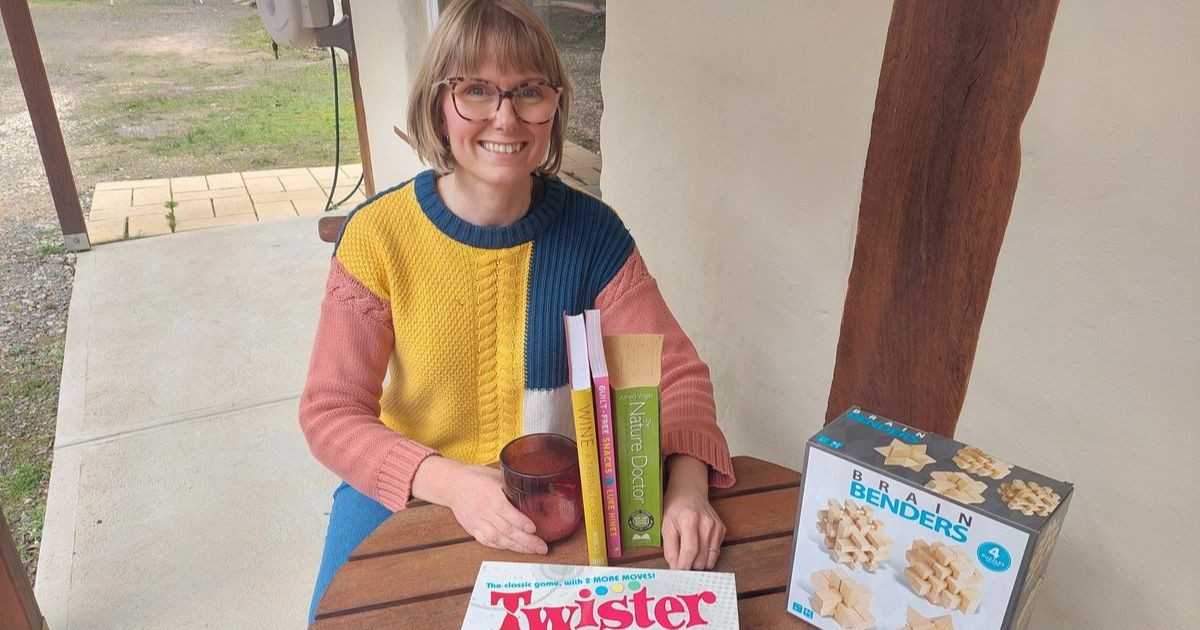Burn could put native orchid at risk
ENFIELD’S Les Sprague is calling for better protection of the endangered native spotted hyacinth orchid in the area’s state park, ahead of a planned burn.
Mr Sprague lives on the boundary of the forest of stringybark and messmate gum trees, which is habitat to native wildlife, and rare fauna, like the Dipodium pardalinum orchid which is on the 2022 Victorian Flora and Fauna Threatened List.
Forest Fire Management Victoria workers from the Department of Energy, Environment and Climate Action are currently preparing for the next bushfire prevention burn which is proposed to run from the township area through to the Little Hard Hills Hotel.
Mr Sprague said he’s not against fire management, which protects families like his, and their assets, but he would like to collaborate with FFMV on a compromise to ensure sections of habitat and the fragile wildflower network are not damaged by a mulching roller, or burns, into the future.
“My wife and I have personally identified 40 specimens,” he said. “We alerted DEECA to the colony, and pegs have been put in the ground near specimens.
“I’ve done GPS readings on them, identified each species on the peg, and given them a number.
“I have spoken with DEECA’s science department, the Arthur Rylah Institute, about orchids, and they don’t like disturbance, or fire.
“They have an obligation to do whatever they can to save the orchid which is on the endangered list. It was only described as a new species in 1996 and in the near future, it’s likely to become extinct.”

Mr Sprague said he previously negotiated some exclusion zones, with support from DEECA biodiversity planning officers, which will be hosed before any planned burns, and he hopes there’s room for this respectful collaboration to grow.
“We want to prevent the destruction of these areas which are habitat for marsupials, sugar gliders, rodents, lizards, flycatchers, frogs and honeyeaters. It’s beautifully cool in there.
“But I also want to work with DEECA, understand their view, and continue to look at ways we can solve the problem together,” he said.
Mr Sprague also raised concerns that mulching may spread cinnamon fungus that destroys the root networks of native plants.
DEECA Grampians staff were made aware of this story, and asked whether FFMV officers have a plan to protect the endangered species during their burn preparations, but were not able to provide comment before print deadline.
As an artist who has lived in the bush at Enfield for 30 years, advocating for the protection of the unique landscape is something Mr Sprague has always been passionate about.
“We are local people and lovers of nature. I want the community to know that the average person can make a difference in some way.
“If you see something like this happening, research it, and work with the people who are doing it to try and change the culture and practice,” he said.
“Join environmental groups such as Friends of Canadians Corridor, or the Ballarat Field Naturalist Club.”



















